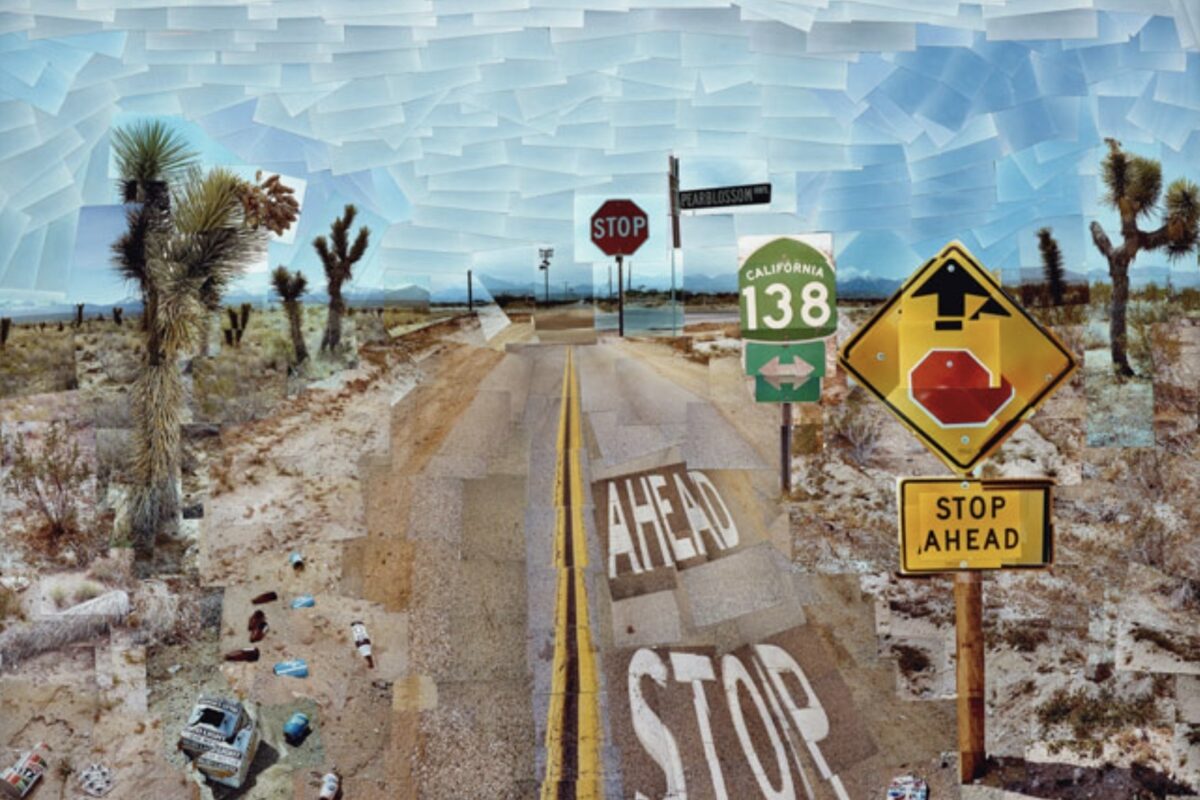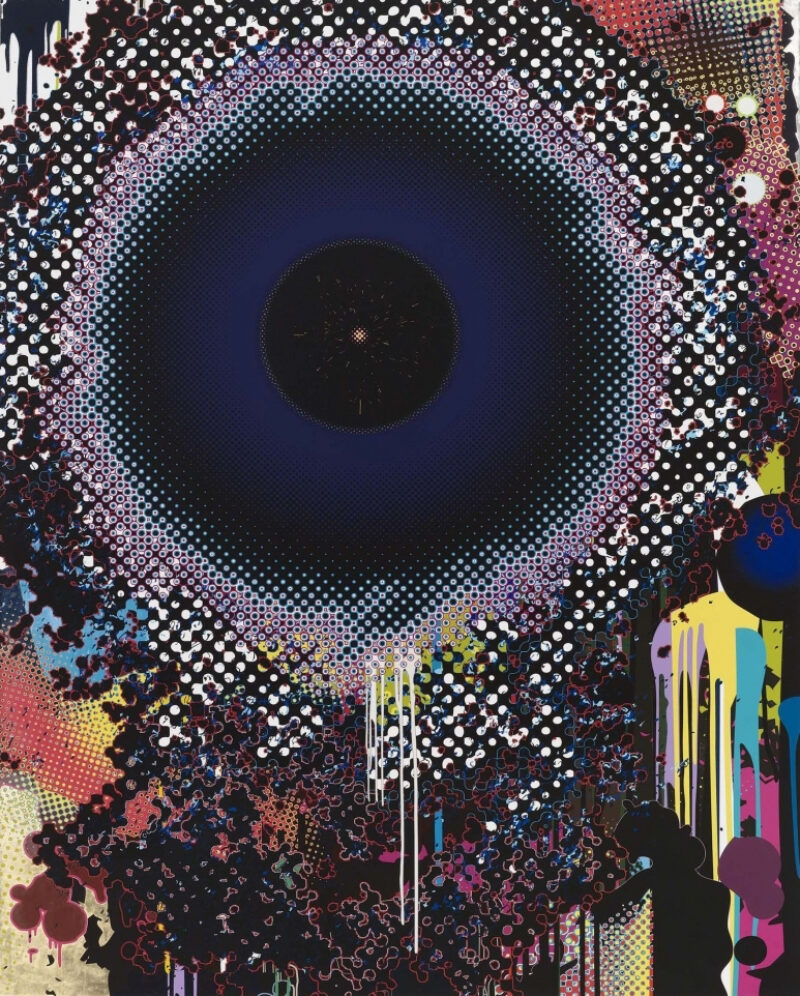You may have noticed the same characters cropping up repeatedly in many of Murakami’s pieces, but who are they and what do they represent? Read on to find out...

727 by Takashi Murakami, 1996.
MoMA
Mr. Dob
The first regular character to appear in the artist’s work, Murakami’s trademark Mr. Dob is thought to be an alter-ego of sorts. Built on a mish-mash of Japanese and American references (from Mickey Mouse and Sonic the Hedgehog to the Japanese robotic cat Doraemon), his name comes from a slang term which roughly translates as Why? Why?. Part monster, part cuddly creature, Mr. Dob’s appearance is fluid – sometimes, he’s multi-eyed and sharp-toothed (as in 727, a 1997 painting in the MoMa’s collection, in which he surfs on a traditional Japanese wave painting redolent of the work of Hokusai); at others, he’s hyper-cute and tactile (in 2020, Murakami depicted the character with a perfectly-symmetrical smiling face that invoked gaming imagery, wearing a neat bow-tie). Always identifiable thanks to the mouse ears bearing his insignia, Mr. Dob is ubiquitous – cropping up on everything from balloons to plush toys. Murakami’s works featuring the character are among his most in-demand.
Kaikai Kiki
At Kaikai Kiki Co, a squadron of workers produce Murakami’s more accessible work. The production company is named after a pair of Murakami’s recurring characters, Kaikai (a cute, smiling little guy in white bunny ears) and Kiki (a three-eyed, sometime blood-munching, fanged character with pink mouse ears). Together, they’re the yin and yang of Murakami’s world – always side by side, acting as dual spiritual guardians of the artist’s work in an echo of the lion-gods who protect Japan’s shinto shrines. Though their names come from a phrase once used to describe the haunting work of 16th-century Japanese artist Kano Eitoku (which loosely translates as ‘bold but compelling’), kikikaikai also means strange, supernatural world in Japanese and is the name of a 1980s arcade game that’s been updated for release on the Nintendo Switch this autumn.

Kaikai and Kiki sculptures featured in Murakami's 'Change the Rule!' exhibition at Gagosian, Hong Kong.
Takashi Murakami / Kaikai Kiki Co., Ltd. / Gagosian
Miss Ko2
Heavily influenced by otaku subculture (geek culture, often related to a sexualised take on anime and manga), this character first came into being in 1997. ‘Ko’ means young woman in Japanese (perhaps highlighting the impersonal sexualisation of the character), but KO2 is the symbol for potassium superoxide – a compound known for its explosive reactions. Often rendered life-size, Miss Ko2 is overtly sexual, generally with long, naked legs, large visible breasts and a teeny waitresses uniform (although latterly, she has also been portrayed wearing a corset, suspenders and dragon-esque wings as Devil Ko2, and in a nurses uniform). When an original edition of the fibreglass sculpture of Miss Ko2 was auctioned in 2003, it broke all records for work by a living Japanese artist, but Murakami’s subsequent related works Hiropon and The Lonesome Cowboy later achieved even more.

MISS KO2 ORIGINAL (PROJECT KO2) by Takashi Murakami, 1997.
Sotheby's
Mr Pointy
A combination of Buddhist and animist iconography and cartoon influences, Mr Pointy (Tongari-kun in Japanese) is the least slick and most historically influenced of all Murakami’s characters. Rendered in fibreglass, sculptures of him can sometimes resemble colourful found objects. Despite being imbued with historical significance, the character alludes to futuristic technology too: speaking in the Japan Times, Murakami once described Mr Pointy’s spire-like head as “a communication center with outer space”. In some renderings, the character appears like a shrine himself, guarded by miniature figures and standing atop an ornate plinth.

Mr. Pointy sculpture featured in the exhibition 'Murakami at Versailles: Pop of the Ages'
Matthew Niederhauser
Want more Murakami? Browse available works below.
More editorials about Takashi Murakami
Art Market
Market Watch: Red-Chip Art
19 Mar 2025 | 2 min read

Art Market
Market Watch: Auction highlights | RESULTS Part 2
7 Mar 2025 | 2 min read

Art Market
Market Watch: Auction highlights | Part 2
1 Mar 2025 | 2 min read

Art Market
Market Watch: Auction highlights | Part 1
24 Feb 2025 | 2 min read

Artists
Our Top Exhibitions of 2023
21 Dec 2023 | 5 min read
Art Market
Big In Japan
18 Nov 2021
Artists
Meet the Cast of Takashi Murakami's Work
30 May 2021
Artists
They Said What | Part II
16 Mar 2021
Lifestyle
Pretty As A Picture
14 Feb 2021
More from Artists
Artists
The Diverse Techniques of Yayoi Kusama
21 Aug 2025 | 2 min read
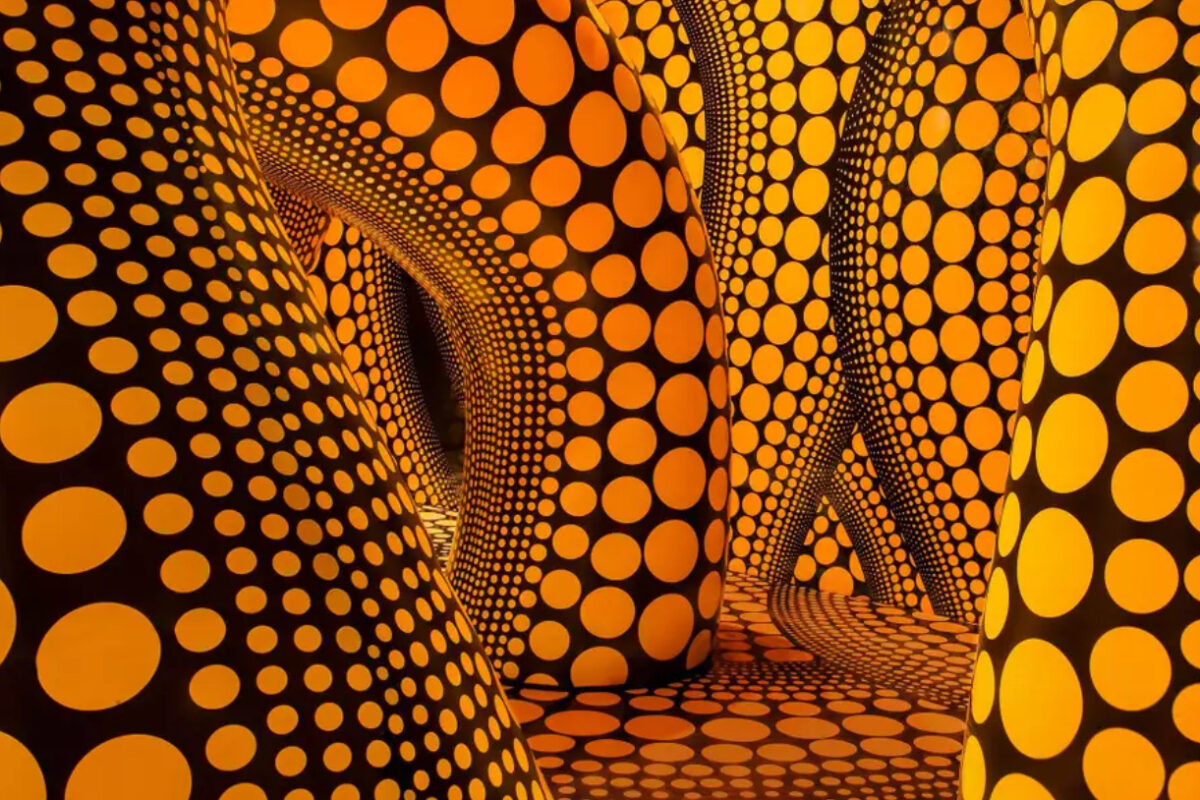
Artists
Haring Decoded: The Symbolism of His Iconic Dog
12 Aug 2025 | 2 min read

Artists
Happy Birthday Andy Warhol, The King of Pop Art
6 Aug 2025
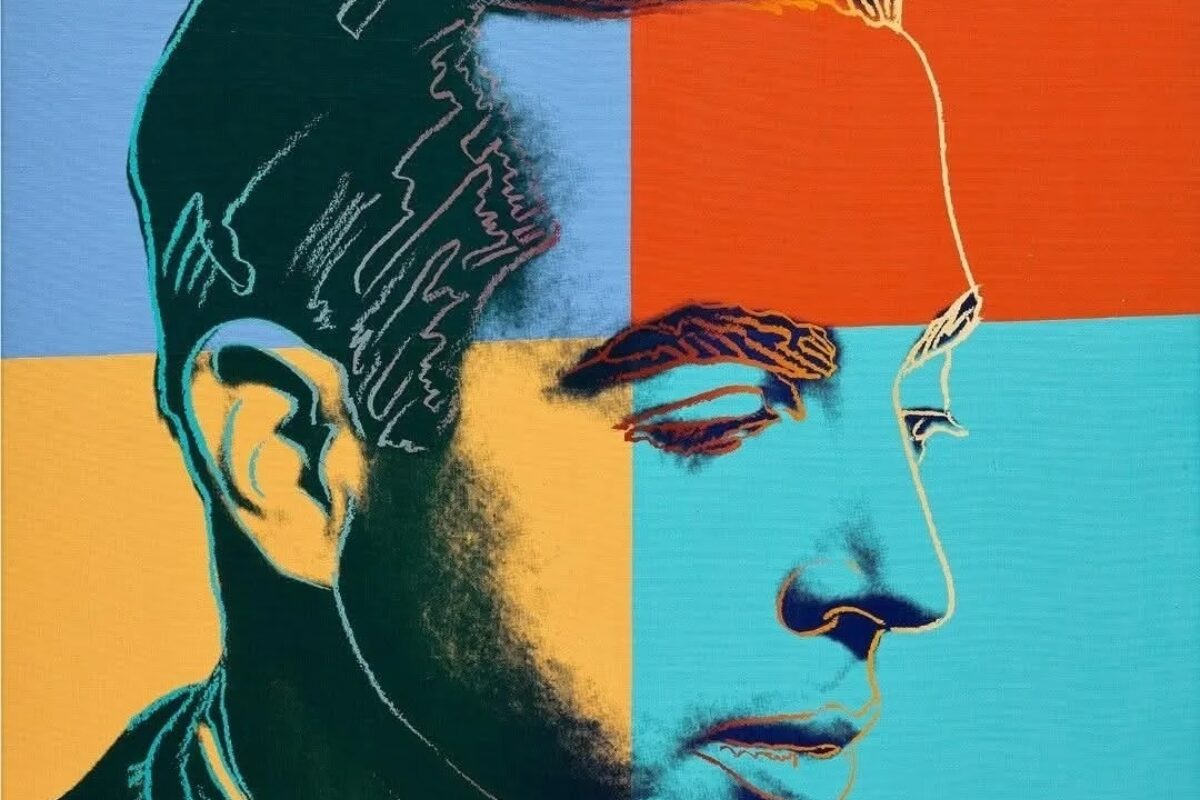
Artists
The Psychology of Kusama
14 Jul 2025 | 3 min read

Artists
From Rothko to Ruscha: Unpacking Harland Miller’s Influences
10 Jul 2025 | 3 min read
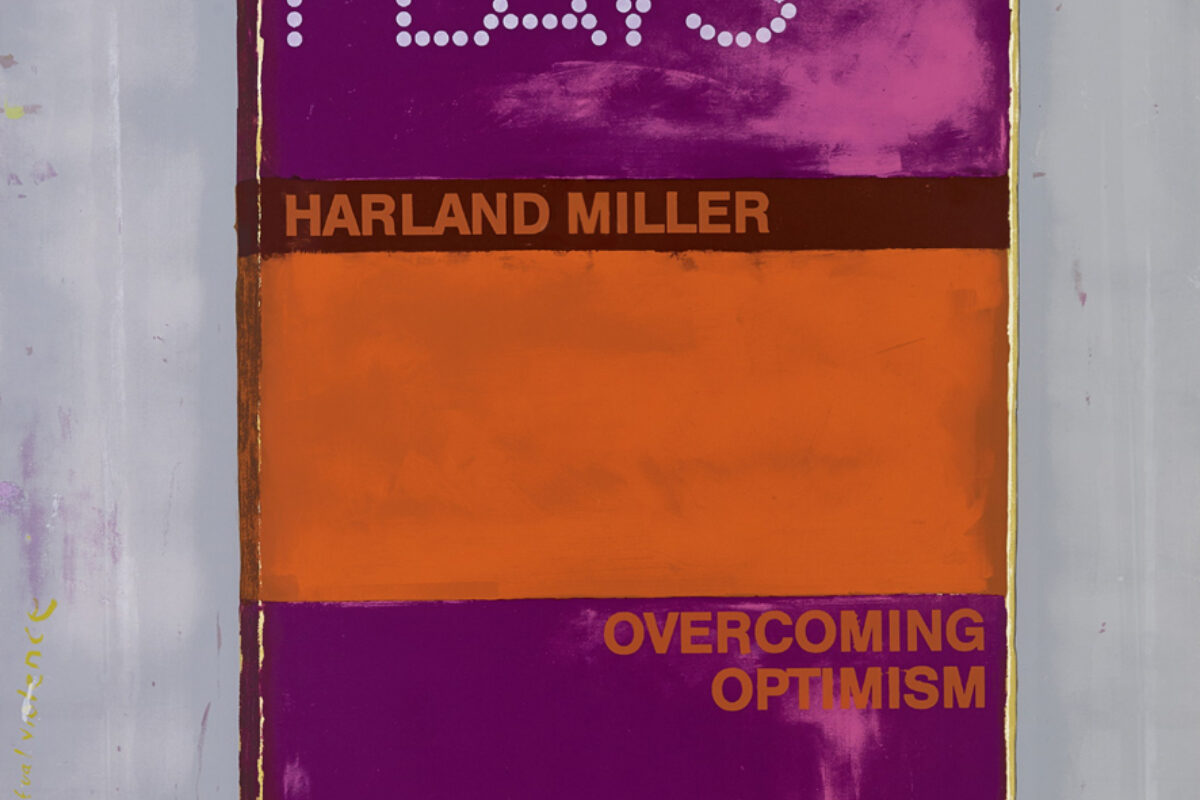
Artists
Decoded: David Shrigley
8 Jul 2025 | 2 min read

Artists
Is David Hockney the Most Important Living Artist?
2 Jul 2025

Artists
Top 10 Selling Warhol Sets
15 Jun 2025 | 2 min read

Artists
David Hockney | 5 Groundbreaking Moments
23 Apr 2025 | 3 min read
